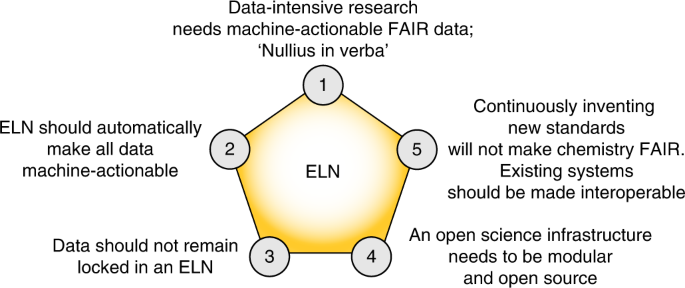溶融塩電池は、グリッド規模のエネルギーの季節的貯蔵に向けた一歩となる Molten-salt battery marks step toward seasonal storage of grid-scale energy
2022-04-04 パシフィック・ノースウェスト国立研究所(PNNL)
・「凍結融解バッテリー」の開発は、エネルギーを凍結して後で使用するもので、春などのある季節にエネルギーを節約し、秋などの別の季節にそれを使用する、季節ごとの蓄電に使用できるバッテリーへの一歩となる。・電池を180℃に加熱して充電し、電解液にイオンを流し、化学エネルギーを発生させる。その後、電池を室温まで冷やすと、電池のエネルギーが固定される。電解質は固体になり、エネルギーを放出するイオンはほぼ静止した状態になる。エネルギーが必要なときに電池を再加熱すると、エネルギーが流れ出す。
・凍結融解電池の電解質は溶融塩である。高温では液体だが、常温では固体である。
<関連情報>
- https://www.pnnl.gov/news-media/freeze-thaw-battery-adept-preserving-its-energy
- https://www.sciencedirect.com/science/article/pii/S2666386422000911?via%3Dihub
季節的蓄電に適した凍結融解型溶融塩電池 A freeze-thaw molten salt battery for seasonal storage
Minyuan M.Li,Xiaowen Zhan,Evgueni Polikarpov,Nathan L.Canfield,Mark H.Engelhard,J. Mark Weller,David M.Reed,Vincent L.Sprenkle,Guosheng Li
ScienceDirect Published: March 23, 2022 doi.org/10.1016/j.xcrp.2022.100821

Summary
Grid-level storage of seasonal excess can be an important asset to renewable electricity. By applying the freeze-thaw thermal cycling strategy, here, we report Al-Ni molten salt batteries with effective capacity recovery over 90% after a period of 1–8 weeks as a proof-of-concept. We explore three activation methods of the nickel cathode in a molten-salt battery: (1) heat treating the cathode granules under H2/N2, (2) incorporating a partially charged NiCl2/Ni cathode, and (3) doping the molten salt electrolyte with sulfur. In particular, sulfur doping, a cost-efficient method suitable for large-scale applications, is not only effective in activating the Ni cathode initially but also invaluable for energy retention during thermal cycling. Overall, these Al-Ni molten salt batteries under thermal cycling show high retention in cell capacity over weeks, setting a direction for scalable seasonal storage.



